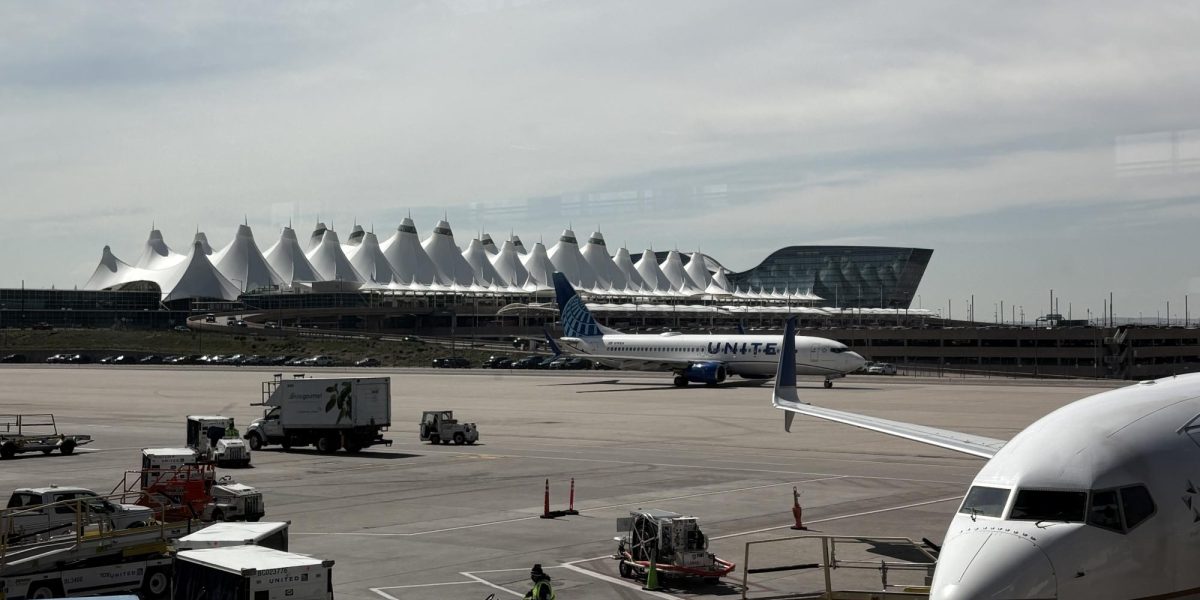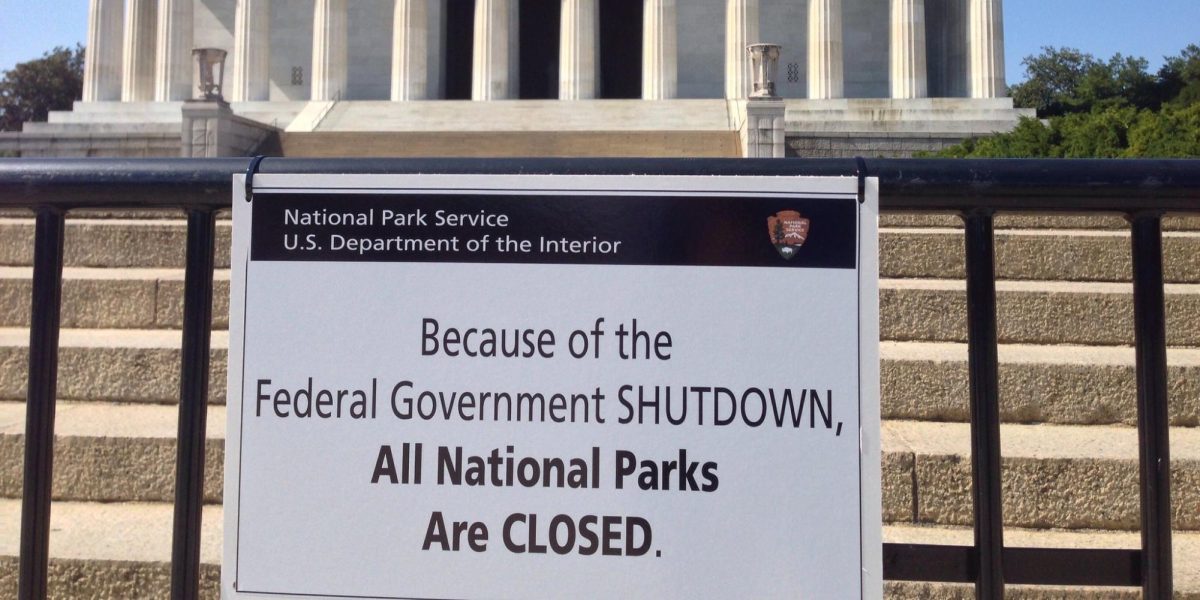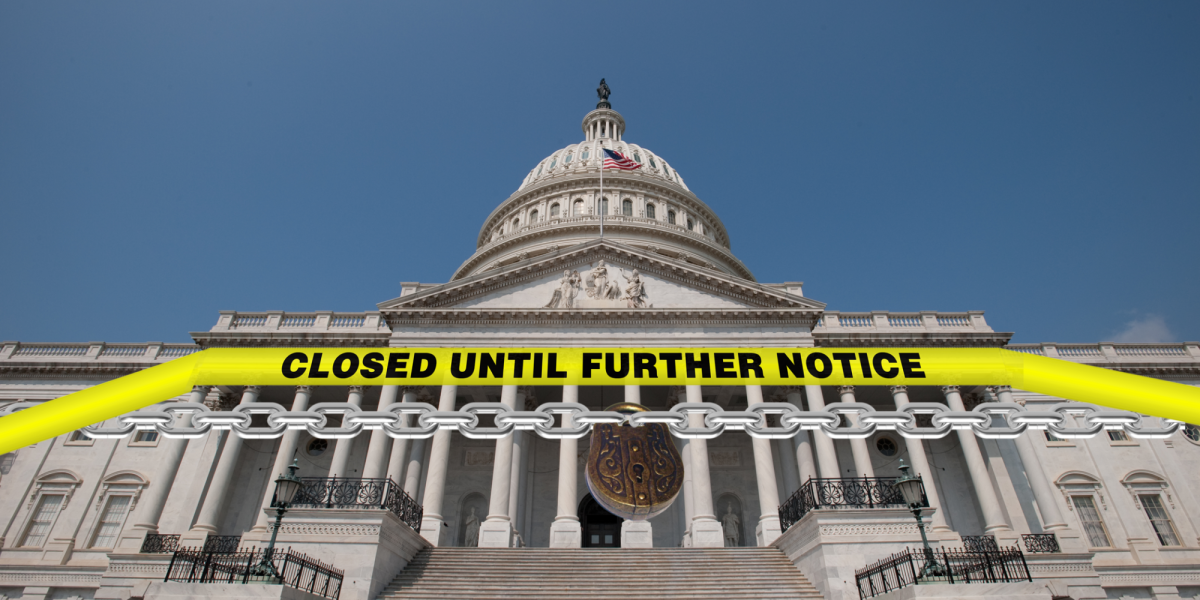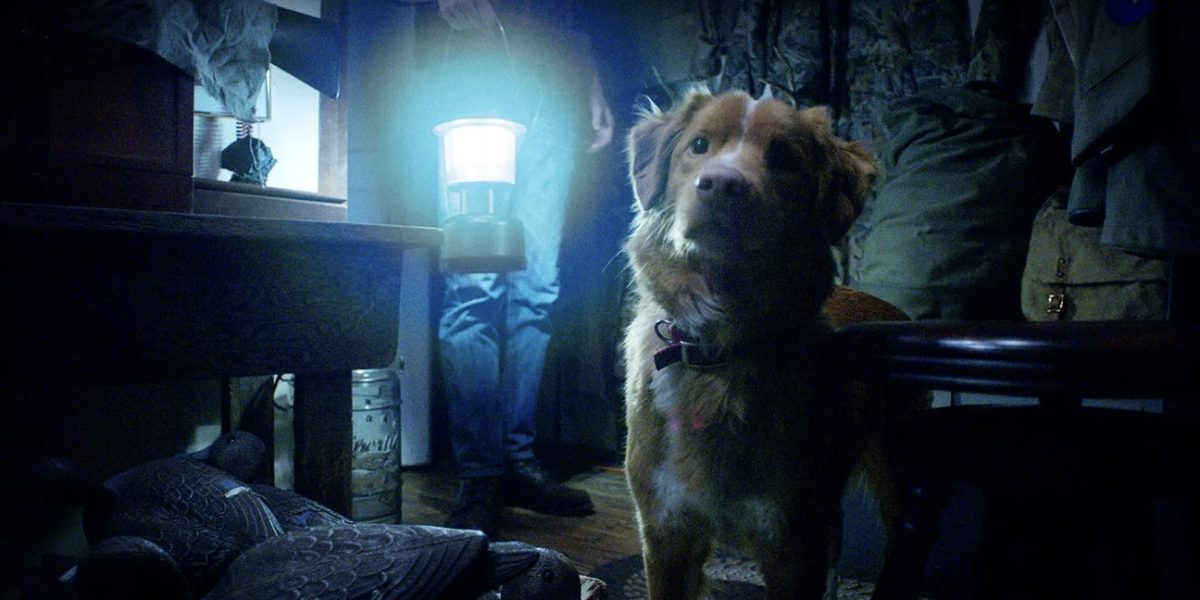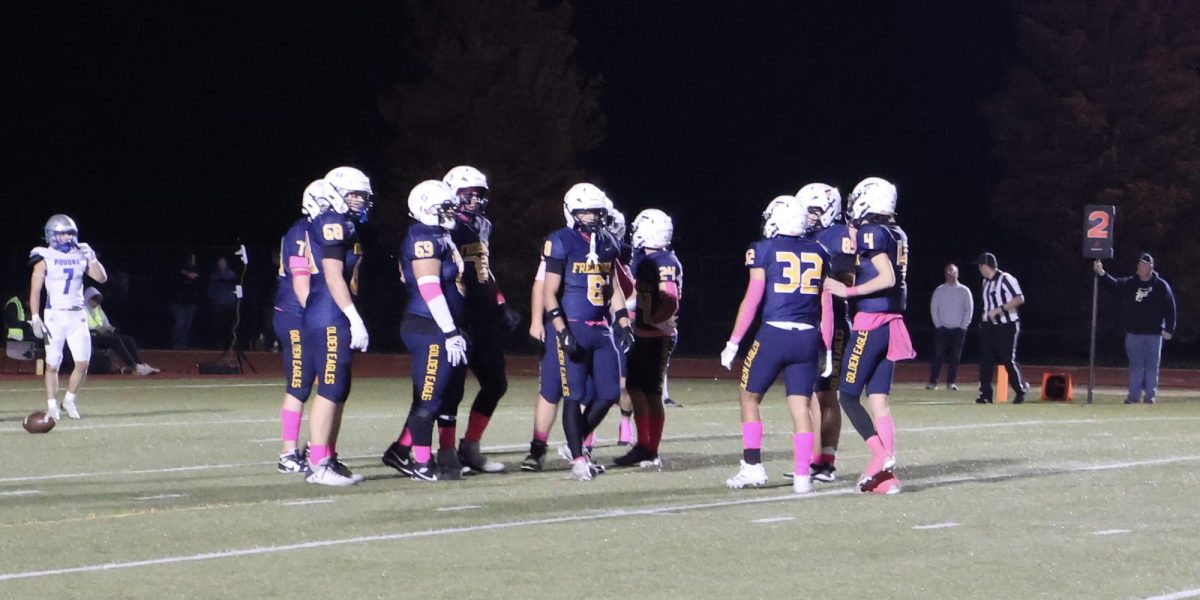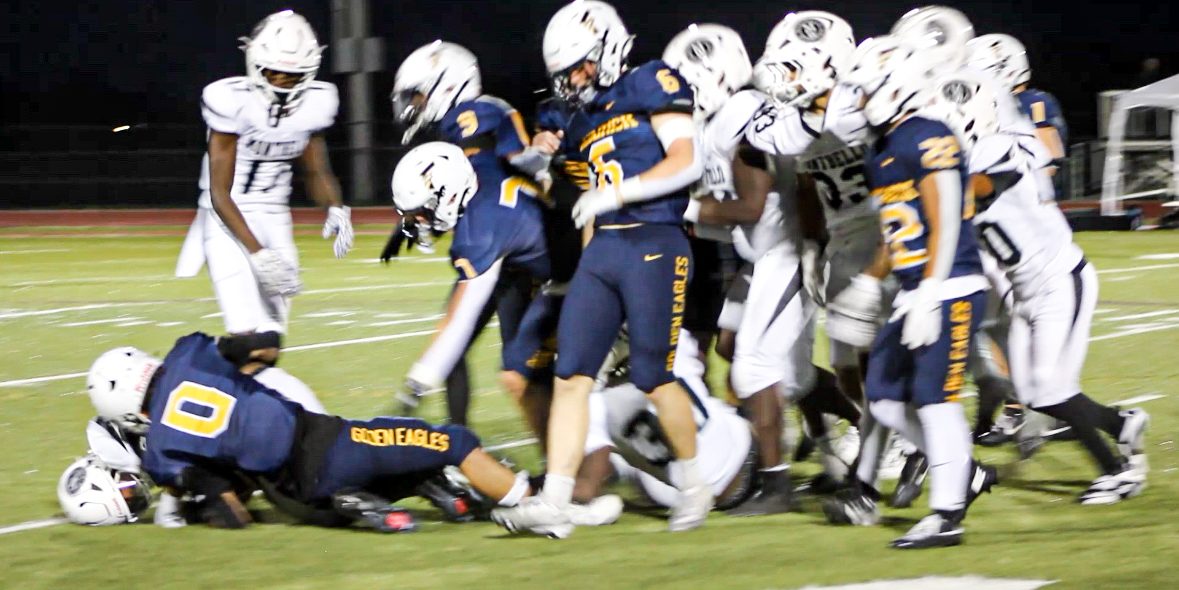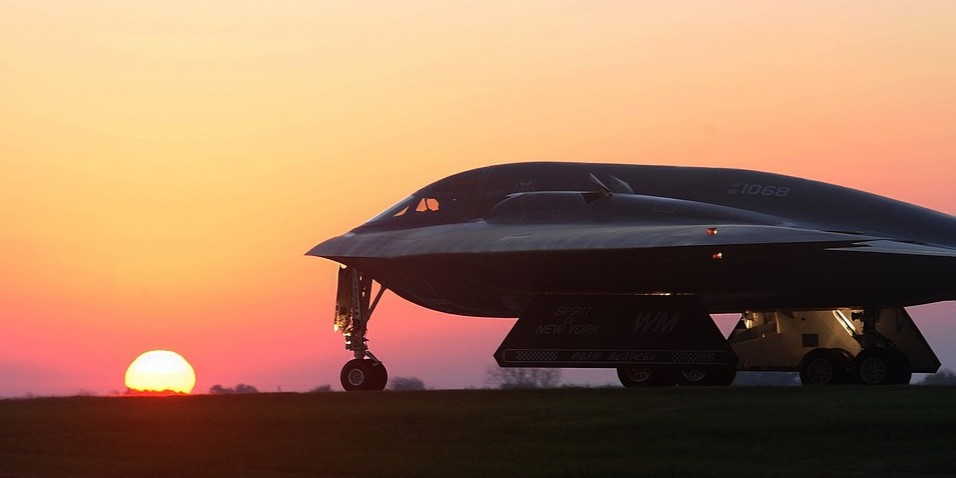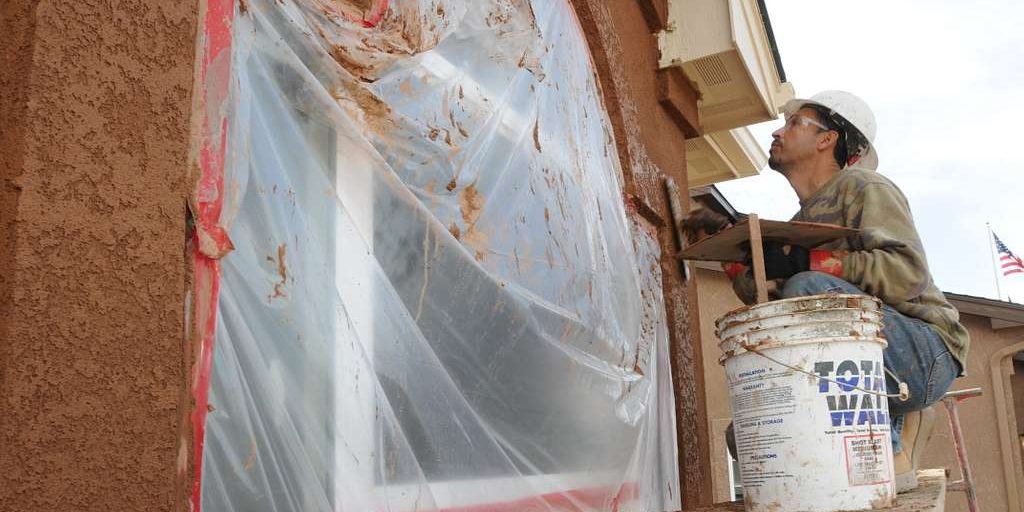This summer, the United States took the most significant direct military action against Iran in decades. On June 22, Secretary of Defense Pete Hegseth ordered an air assault on three of Iran’s most secure nuclear facilities at Natanz, Fordo, and Isfahan. The three-pronged strike, codenamed Operation Midnight Hammer, has so far been an isolated action in a year where tensions in the Middle East have been quickly rising.
These growing tensions were actually the impetus for the US attack. On June 13, the Israeli government conducted a bombing raid on Iran after claiming to the international press that Iran was developing nuclear weapons. Iran responded that their nuclear program was entirely peaceful and launched a counterattack against Israel. The two countries traded fire for a week while Israel lobbied the US government for help. While US forces shot down Iranian missiles headed for Israel, they did not directly involve themselves until the June 22 bombing.
Why involve the US? The American has what the Israeli military does not: Massive Ordnance Penetrators (or MOPs). Also known as “bunker busters,” the US has the only military in the world with MOPs that have the ability to penetrate nearly 200 ft. of rock. The Iranians build all of their nuclear facilities deep underground; as a result, only the US could destroy these facilities through an air assault alone.
Which, after private conversations between US President Donald Trump and Israeli Prime Minister Benjamin Netanyahu, is what they did. The mission occurred at 2:15 a.m. local time on an early Sunday morning, with Whiteman Air Force Base in Missouri scrambling seven B-2 bombers. These bombers dropped 14 GBU-57 MOPs, successfully hitting the three targeted sites. Iranian authorities confirmed the attacks but downplayed the damage, noting there were no radiation leaks or casualties.
In a televised address to the nation, Trump claimed the strike was a “spectacular military success.”
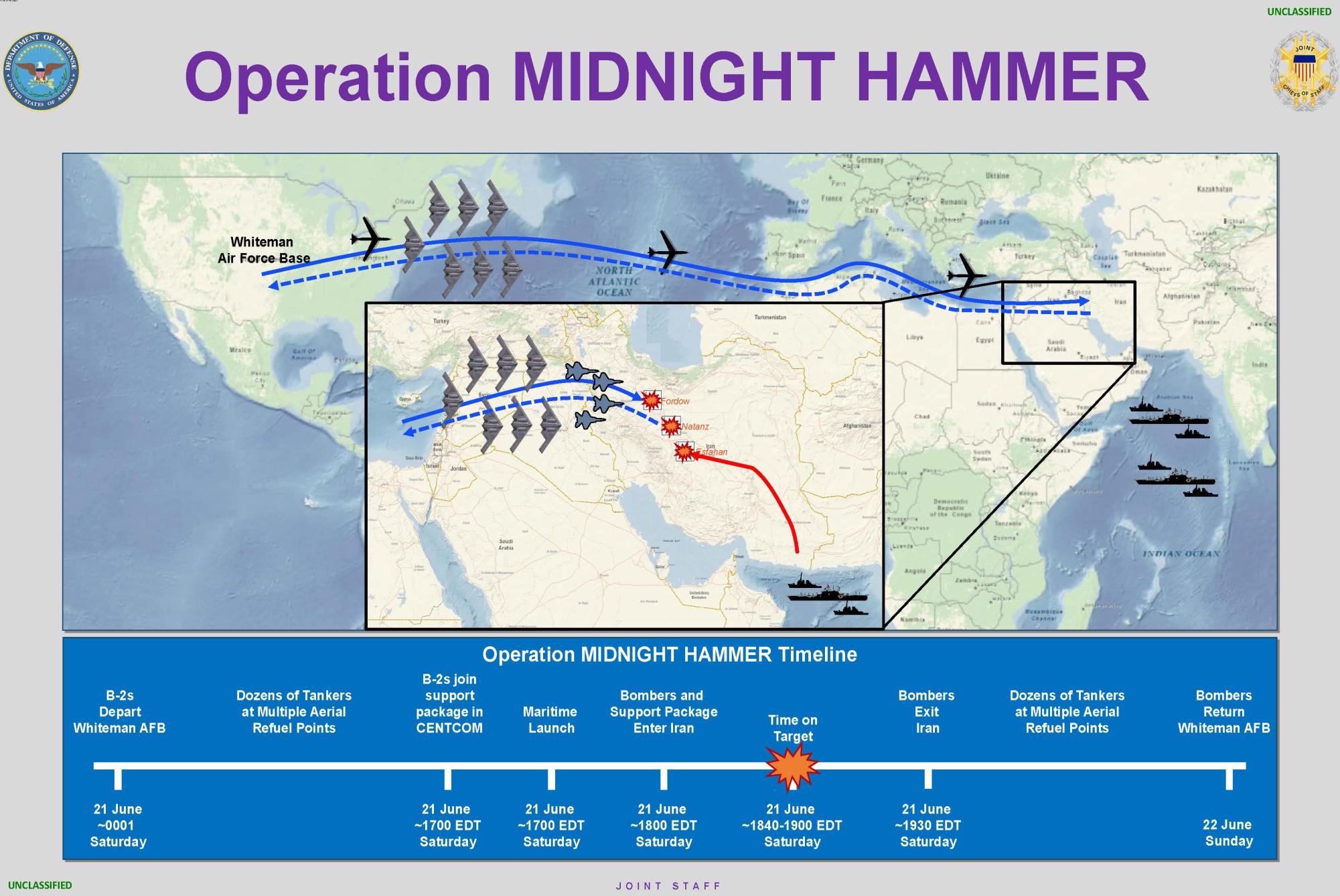
The War That Wasn’t
Hours after the attack, Iran’s President Masoud Pezeshkian announced that the attacks were unlawful aggression and announced that the country would retaliate. A couple of hours later, the Iranian parliament signed a resolution to close the Strait of Hormuz, a waterway between the Persian Gulf and the Gulf of Oman that is critical to US oil importation. This news sparked fears across the world that Iran and the US would soon be at war.
The next day, Iran doubled down on its resolution by firing several missiles at the Al-Udeid US military base in Qatar. The Iranian attack caused minimal damage and no injuries because Iran warned the US that they were planning a bombing raid hours in advance. Immediately after the attack, Trump thanked Iran “for giving us early notice, which made it possible for no lives to be lost and nobody to be injured.”
Meanwhile, Qatar—which had not been warned of an attack on its soil—called the attack a “flagrant violation of its sovereignty” and then demanded Israel, not Iran, be held accountable for the attack. Dr. Majed bin Mohammed Al Ansari, an advisor to the Qatari Prime Minister and the official spokesperson for the Ministry of Foreign Affairs, told the international press that “the State of Qatar was one of the first countries to warn against the dangers of Israeli escalation in the region.”
On Tuesday, June 24—a little over 48 hours after the US attack on Iran—Israel responded to this criticism by agreeing to a ceasefire with Iran that was brokered by US and Qatari diplomats. As a result of this truce, Iran did not go through with closing the Strait of Hormuz (though the legal order still stands if the truce is broken). While still political enemies, Iran and the US avoided expanding the conflict into a full-blown war.
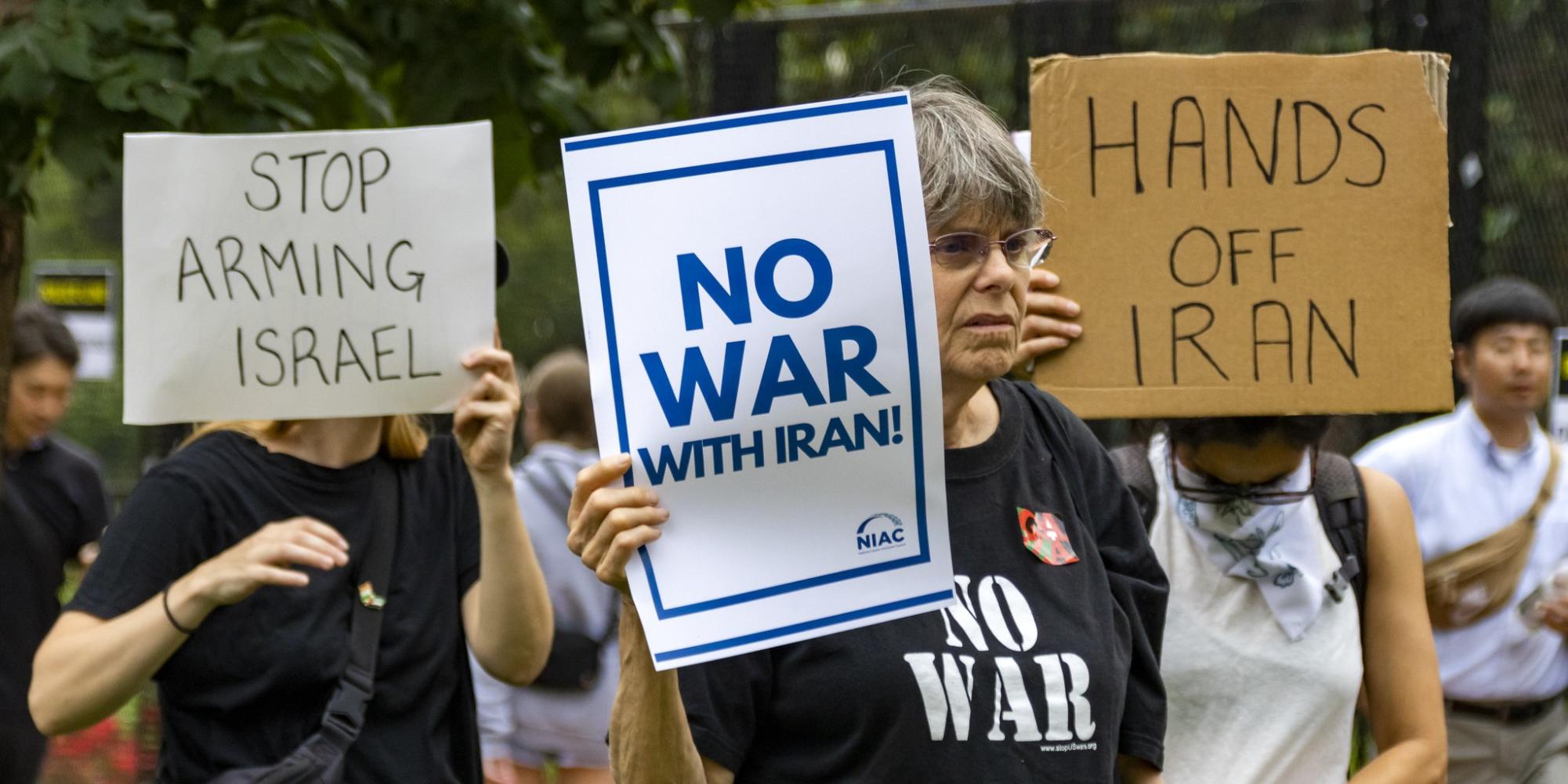
The Bombing Splinters Support for Trump
At the time of writing, this ceasefire has held up even as Israel began to bomb Iranian ally Syria in July and ramped up the genocide of its Palestinian population in Gaza in August. Still, the Iranian bombing served as another wedge issue dividing Americans in a politically turbulent summer.
A majority of prominent Republicans supported these attacks. Senator Dave McCormick (R-PA) said, “I applaud President Trump’s strong leadership and his continued commitment to peace through strength [. . .] This is an important step toward ensuring that the world’s largest state sponsor of terror never obtains a nuclear weapon.”
However, not all conservatives were on board with the government’s actions. Representative Marjorie Taylor Greene (R GA-14), a stalwart ally of Trump, condemned the move, writing on social media that “foreign wars/intervention/regime change put America last, kill innocent people, are making us broke, and will ultimately lead to our destruction.” Her sentiments supporting American isolationism were echoed by conservative pundits Steve Bannon, Charlie Kirk, and Alex Jones.
Progressives also criticized the attack on Iran, albeit for different reasons. Many congressional Democrats condemned the move not because it was unwarranted but because the executive branch moved unilaterally to authorize it. Senator Alex Padilla (D-CA) said on social media that the President “must come before Congress” to authorize any unprovoked attack on another country.
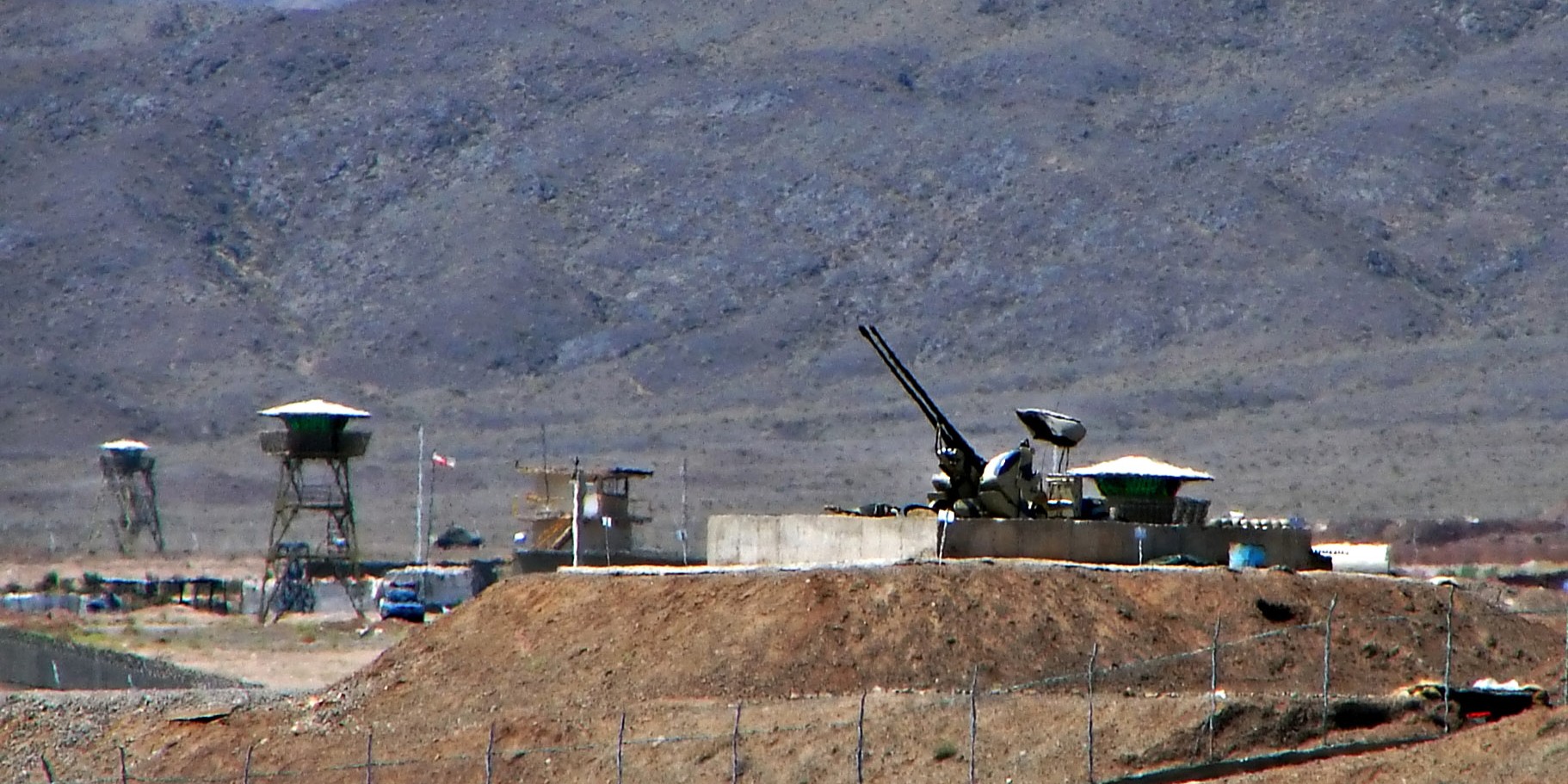
Midnight Hammer May Have Missed
While many question the justification of Operation Midnight Hammer, experts at home and abroad have questioned if the bombing was even successful at its mission. Investigators from the US Defense Intelligence Agency revealed in a report to Congress that, of the three Iranian nuclear development sites targeted, only Fordo was obliterated. The other two sites—Natanz and Isfahan—were badly damaged but could be functional again within a few weeks.
Even the decimation of Fordo may not be the success the US originally believed it to be. Three days before Operation Midnight Hammer, satellites photographed 16 trucks moving equipment out of Fordo, which has led experts to believe that all nuclear material had been moved out of Fordo before it was destroyed. This assessment supports Iran’s claims that their nuclear program has not been destroyed.
If true, this has experts on international politics worried. The International Atomic Energy Agency (IAEA), a nuclear development watchdog that reports to the United Nations, still cannot find 880 pounds of enriched uranium. According to IAEA Director General Rafael Grossi, Iran still has the “industrial and technological capacities” to enrich uranium and could produce weapons-grade nuclear material “in a matter of months.” However, he warns, this time the international community would have no idea where the facilities are, unlike the three bombed sites that were approved and regularly inspected by the IAEA.
Supporters of the Trump administration have dismissed the DIA report and claims of missing nuclear material as untrue. Senator Markwayne Mullin (R-OK) told CNBC that Iran and Israel “are claiming that they moved some [nuclear] material. Our intelligence report says they didn’t.” However, Mullin said that if their intelligence is wrong, then further action would be taken against Iran.
“We have the ability to destroy things that people think were undestroyable,” Mullin said. “However, if we find out that we didn’t [destroy the nuclear program], we will be working with our allies to finish the job.”


